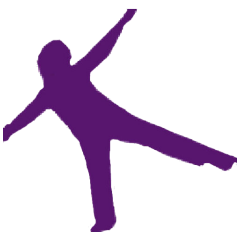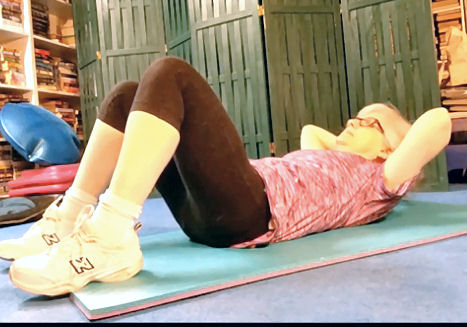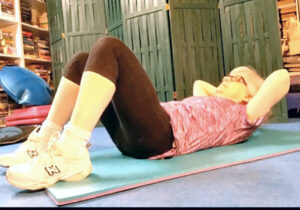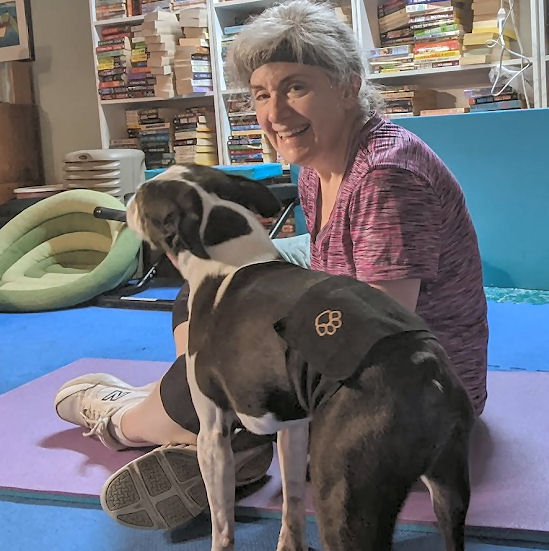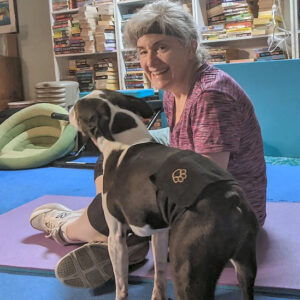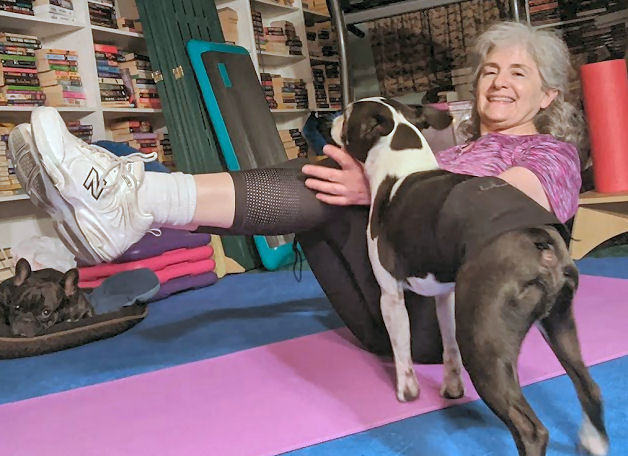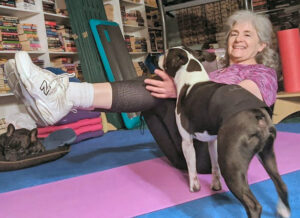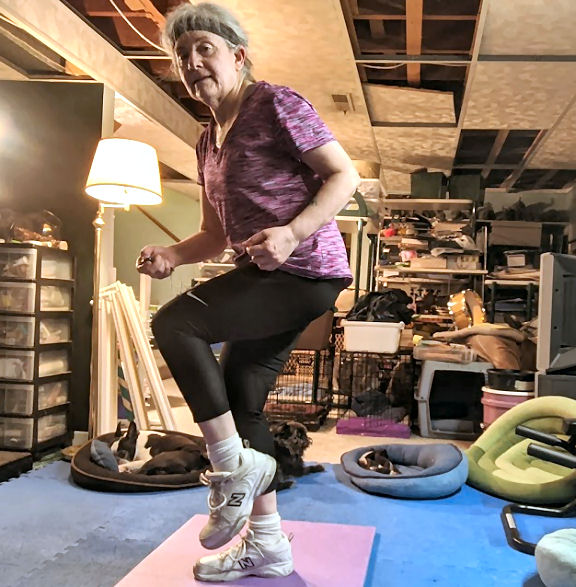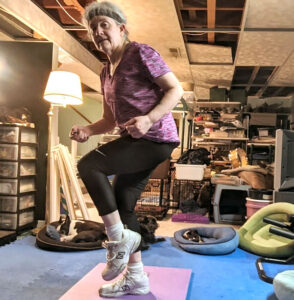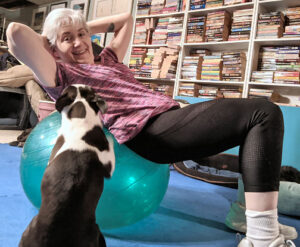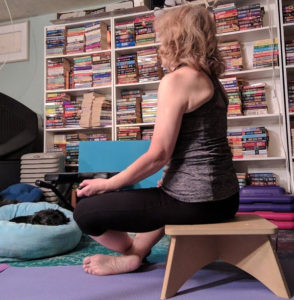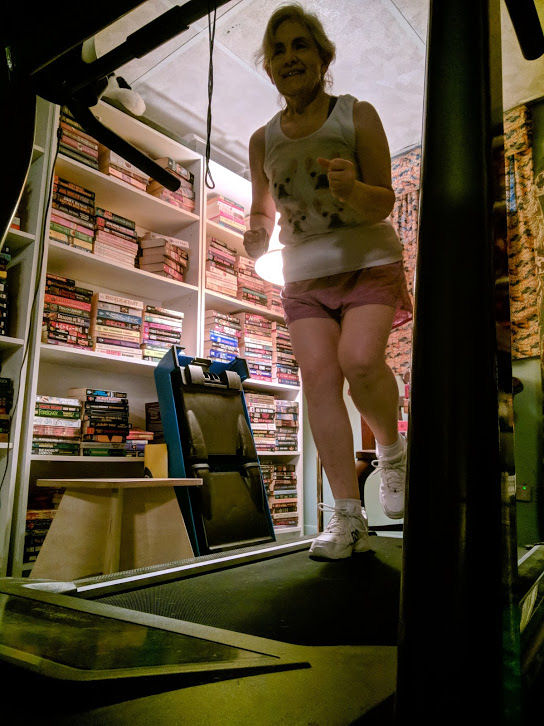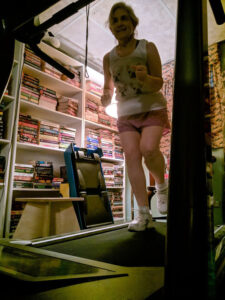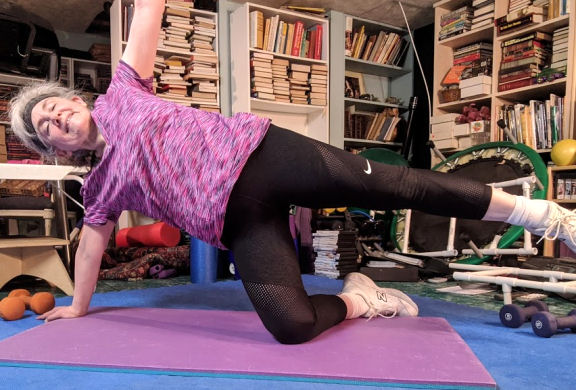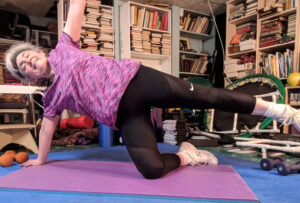People say I have tremendous discipline. Not to toot my own horn, but I moderate my portions – even spaghetti. Exercise 4 or 5 times a week. Wrote and published 3 books in my spare time. And I usually don’t get sucked in by the usual clickbait. How? Discipline. Discipline is mindset. It’s hard – kind of like putting on jeans fresh out of the dryer. Sitting is awkward, and you may not be able to do the button. But if it’s important enough, and the steps toward that ultimate goal are small enough, it happens without you even realizing it.
The benefits that come with discipline
Discipline comes with its own set of benefits, not least of which is achieving goals. But you’ll also be improving your resilience – knowing that life takes potshots at us, trying to throw us off our game. But with discipline, we get right back to the task at hand. And with the discipline of creating good habits, we’re influencing our healthy aging. When you’re disciplined, you’re happier too. You know that you’re doing what it takes to get to where you want to be.
We’re wired to be couch potatoes, though
So, how do you make discipline easy? First, recognize that our brains are wired for us to be couch potatoes. There’s nothing we all like more than bingeing our current Netflix series. Our tendency is to conserve energy. But we know that the science is just the opposite. Expending energy produces more energy.
Second, we expect that our motivation will kick in at some point and magically lift us off the couch. It doesn’t work that way, unfortunately. If we want the results of exercise, we have to do it ourselves. Getting strong takes work. And no one is going to do it for us.
It’s hard and the writing was trash…
Third, you probably have the belief that if you’re disciplined, it will feel like everything in your brain will click into place. Again, not how it works. When I was working on my second novel, it was a struggle to get up early and write the hundreds of words I set as my goal. Some days it didn’t happen because the words were trash. But when you have something really important at the back of your brain that you want to achieve, you do the work. Toward the end of that book, the writing did get easier and I was able to finish – and some say this book was even better than the first novel.
Everything all at once is a recipe for disaster
And fourth, when you’re trying to be more disciplined, you’re probably trying to do everything all at once. Again, that’s just setting yourself up for failure. Discipline is mindset, but it only works when you take small steps. Train your brain to take those small steps every day. Because they lead up to the big ones.
